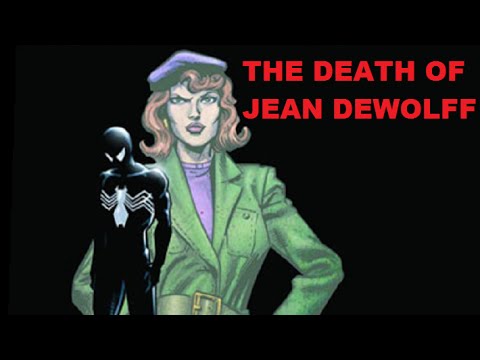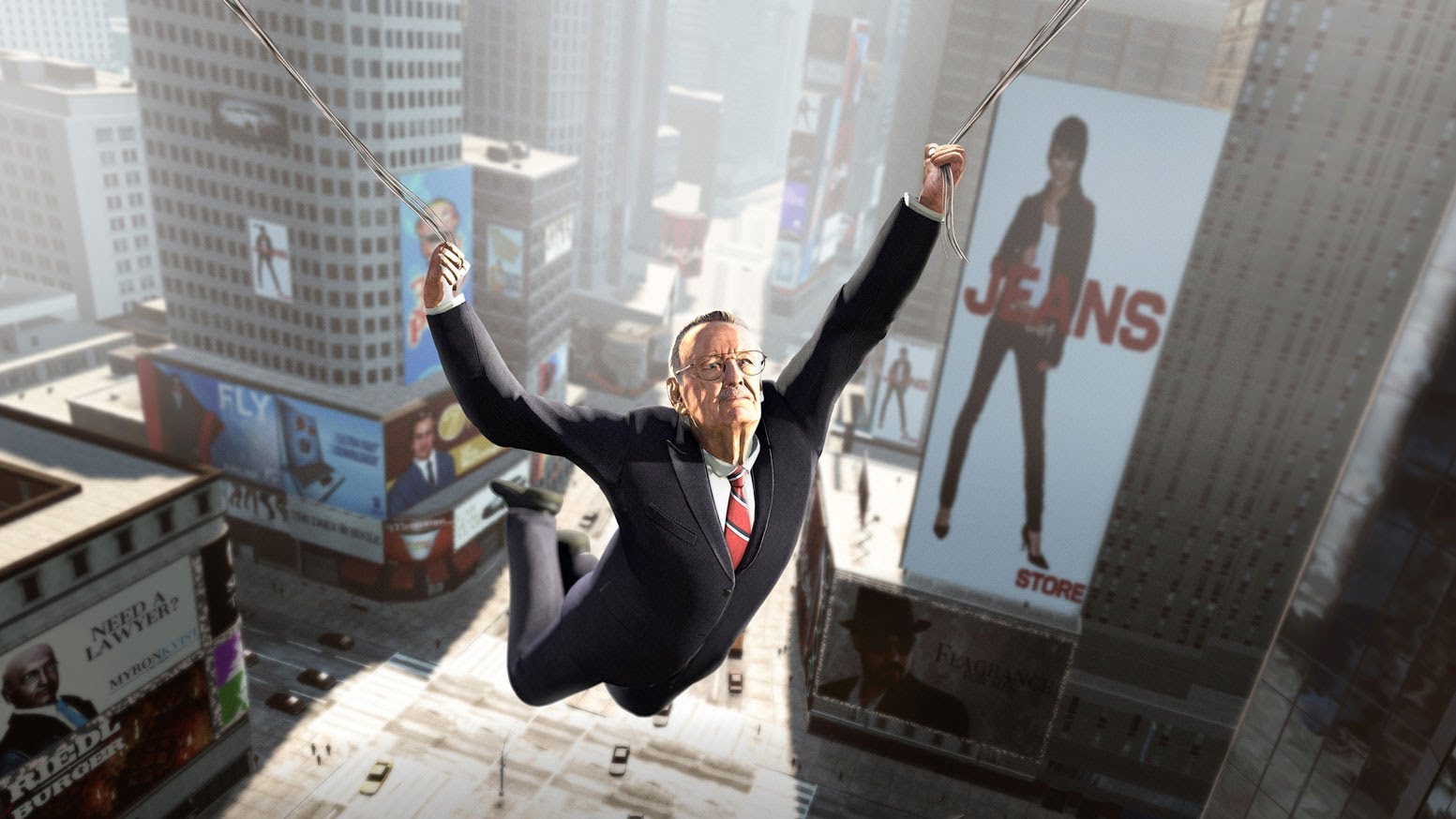This list is certainly going to include spoilers, since there’s no way to describe the comics that influenced Spider-Man: No Way Home without revealing details about key plot developments. The box office reports suggest that many of you have already seen this movie.
The list will be in chronological order from when the comics were published. Some of these stories are excellent, and some of them are not, but there are still bits and pieces that screenwriters Chris McKenna and Erik Sommers used for the final screenplay.
Amazing Fantasy #15
This was the film where the MCU Peter Parker accepted that with great power comes great responsibility, after the death of a person who helped raise him. We also have Spider-Man dealing with sudden celebrity. It may seem a little weird to have a trilogy completing the origin, although it reminds me a bit of how the Daniel Craig James Bond ended in a more familiar environment at the close of his third film Skyfall.
No Way Home resets Spider-Man to an environment that is more familiar to fans of the comics (and the Raimi films) where Peter Parker is no longer friends with superheroes, and no longer has access to a billionaire’s resources. He’s on his own, and the story can go in many different directions going forward, if there is even any follow-up. This was the case with his first appearance in Amazing Fantasy #15, when a teenager has learned a tough lesson, and it wasn’t clear there would be any follow-up stories.
This films also confirmed how the MCU Spider-Man got his powers, with the first reference to an unusual spider bite.
Spider-Man (Amazing Spider-Man #1)
We’re used to J. Jonah Jameson as someone in Peter Parker’s life, but in his first appearance he was not a member of the supporting cast. He was a controversial media figure who destroyed Spider-Man’s reputation and hated him no matter what he did. That’s just what we saw here.
“The Night Gwen Stacy Died” (Amazing Spider-Man #121-122)

Honestly, this might be the biggest influence on No Way Home. It’s a story in which Norman Osborn remembers that he’s the Green Goblin and brings death and destruction to Spider-Man’s life. Obviously “The Night Gwen Stacy Died” influenced earlier movies like the first Spider-Man and Amazing Spider-Man 2, but in those cases, the final sequence in which the Goblin threatens Peter’s loved ones was a conclusion to a full length arc dominated by an Osborn. Until now, we never had it the way it was in the comics where the Green Goblin wrecks everything in the space of two issues.
A few years ago, I wrote a column that the greatest lost opportunity in Amazing Spider-Man 2 is that we never really saw a pissed off Spider-Man going for revenge. This is a side of Spider-Man we really don’t see all that often, but it’s featured in some of the best Spider-Man comics (The Master Planner Saga, The Death of Jean Dewolff, Kraven’s Last Hunt, No One Dies) as he stops holding back, where the danger isn’t whether he’s going to lose a fight to the bad guy, but whether he will lose his soul in the process. It was really cool to see that here. It was also nice to see Andrew Garfield’s Spider-Man get some closure saving a girl Peter loved from an almost fatal fall.
The Gift (Amazing Spider-Man #400)

Aunt May dies after she seems to recover from a serious threat to her life, and Peter can’t even mourn her properly because the authorities want him arrested. I’m pretty sure at least one of the screenwriters read “The Gift.”
There’s also a clone saga vibe when the three Spider-Men are hanging out, as the dynamic between the different Peter Parkers is rather similar to the relationship between Peter and Ben Reilly, like when Andrew Garfield’s Peter say he would always have liked brothers. This is probably the closest we’re going to get to that in film, as clones translate differently in film than in comics. In comics, a clone allows an explanation for why Spider-Man is in so many places at once; there’s two of them. Marvel had the set-up years earlier, allowing for a clone to have some different experiences between his first appearance and return to New York. In film, the same actor playing multiple characters doesn’t make things easier. This would all be very hard on Tom Holland, to say nothing of the special effects crew.
Legacy (Ultimate Spider-Man #22-27)

There is very much an Ultimate Spider-Man vibe to the movie, with a young superhero pushing against compromises the adults around him take for granted, and making some impulsive decisions. This arc probably shows it the most. The Green Goblin is back and threatens MJ and May. The adults in the Marvel Universe who know his secret identity (in this case, it’s Nick Fury) order the teenage superhero to stay put, and Spider-Man refuses to do that.
The comic book arc also built on fan expectations nicely, as readers knew what it meant when the Green Goblin kidnapped the girl Peter Parker loved. We saw something similar in the trailers for No Way Home, as MJ fell from a great height, a traumatic minute for anyone familiar with the comics or with Amazing Spider-Man 2.
Back in Black (Amazing Spider-Man #539-543 and some earlier Civil War tie-in issues)
Peter Parker’s identity is revealed to the world, Aunt May is hurt and Spider-Man is so pissed off that all the typical rules have gone out the window. This movie has several elements from one of the Crawlspace’s favorite Spider-Man stories.
One More Day (Amazing Spider-Man #544-545, Friendly Neighborhood Spider-Man #41, Sensational Spider-Man #41)
The movie ends with Peter Parker reversing the world’s knowledge of his secret identity and sacrificing his relationship with Mary Jane in the process.
There is also the moment when Spider-Man tries to use Doctor Strange’s magic without his permission. And one of Iron Man’s best friends was in a relationship with Aunt May, and helps Peter out when saddened by what’s happened to her. The critical and popular response seems to be better for No Way Home than it was for One More Day.
One Moment In Time (Amazing Spider-Man #638-641)

It’s a film in which Doctor Strange tries a spell to reverse the public’s knowledge of his secret identity. And Spider-Man can’t allow the girl he loves to forget all that has happened, which has some consequences going forward.
Astonishing Spider-Man & Wolverine #1-6
In this underrated team-up story by Jason Aaron and Adam Kubert, Spider-Man falls in love with a girl and is forced to erase her memories of ever meeting him to save the day. I suspect we’ll see more of Zendaya’s Mary Jane in the future than Sarah Bailey.
“No One Dies” Amazing Spider-Man #655-656

The bulletproof suit from “No One Dies” is pretty similar to the turned inside-out armor Spider-Man wears for parts of this film. We also see him get shot a few times, and essentially walk it off.
In this comic, Spider-Man makes a vow that no one dies, which puts him into difficult positions because of his refusal to compromise. It gets to a major difference between him and the other superheroes. He will make great sacrifices to avoid crossing that line.
You may notice that I didn’t focus much on comic book stories involving the villains other than Norman Osborn, and that’s partly because this movie brought back villains from earlier films, building more on that foundation rather than adapting their other comic book appearances. The reason Lizard’s interested in turning humans into lizard people is because that was his plan in his first film appearance. There may be a Sinister Six vibe, although this is also hardly the first Spider-Man film involving multiple villains. That said, it’s entirely likely that there are sequences lifted from the comics that I didn’t pick up on, as well as elements of Spider-Man in adaptations in other media (video games, TV shows, etc) that inspired No Way Home? Did you guys notice any other influences on the movie?










NWH wasn’t the first MCU movie to reference the spider bite. Homecoming had already done it when Ned finds out Peter’s identity.
Also I don’t really understand how people say this is the movie where “Peter accepted that with great power comes great responsibility”. He already knew this. It’s quite clear from his first appearance in CA Civil War. Just because he didn’t exactly quote his uncle Ben, it doesn’t mean he didn’t know about powers and responsibility.
This isn’t an origin movie, neither is the trilogy. It’s just the ending of his journey toward maturity as a person and as a hero. He was already Spider-man in his first appearance, but a young one we watched grow-up. He already had all the emotional baggage it involves, it was just implied so as to not burden the spectator with a third rendition of the same story (admittedly we don’t know if Ben died before or after he got his powers and if he was indirectly responsible for it, but his line in CA CW implies he does know about power and responsibility).
Sorry, I was triggered.
While I agreee that some of the best storylines are those where Peter risks his very soul because he is enraged, sadly the fact that he doesn’t stop on his own but needs the intervention of Maguire’s Peter was a big letdown for me, because I felt it diminished the importance of that moment and his growth as a character: we will never know if this Peter would have killed Osborn or not.
You omitted the biggest influence, which of course is the ‘Spiderverse’ storyline.